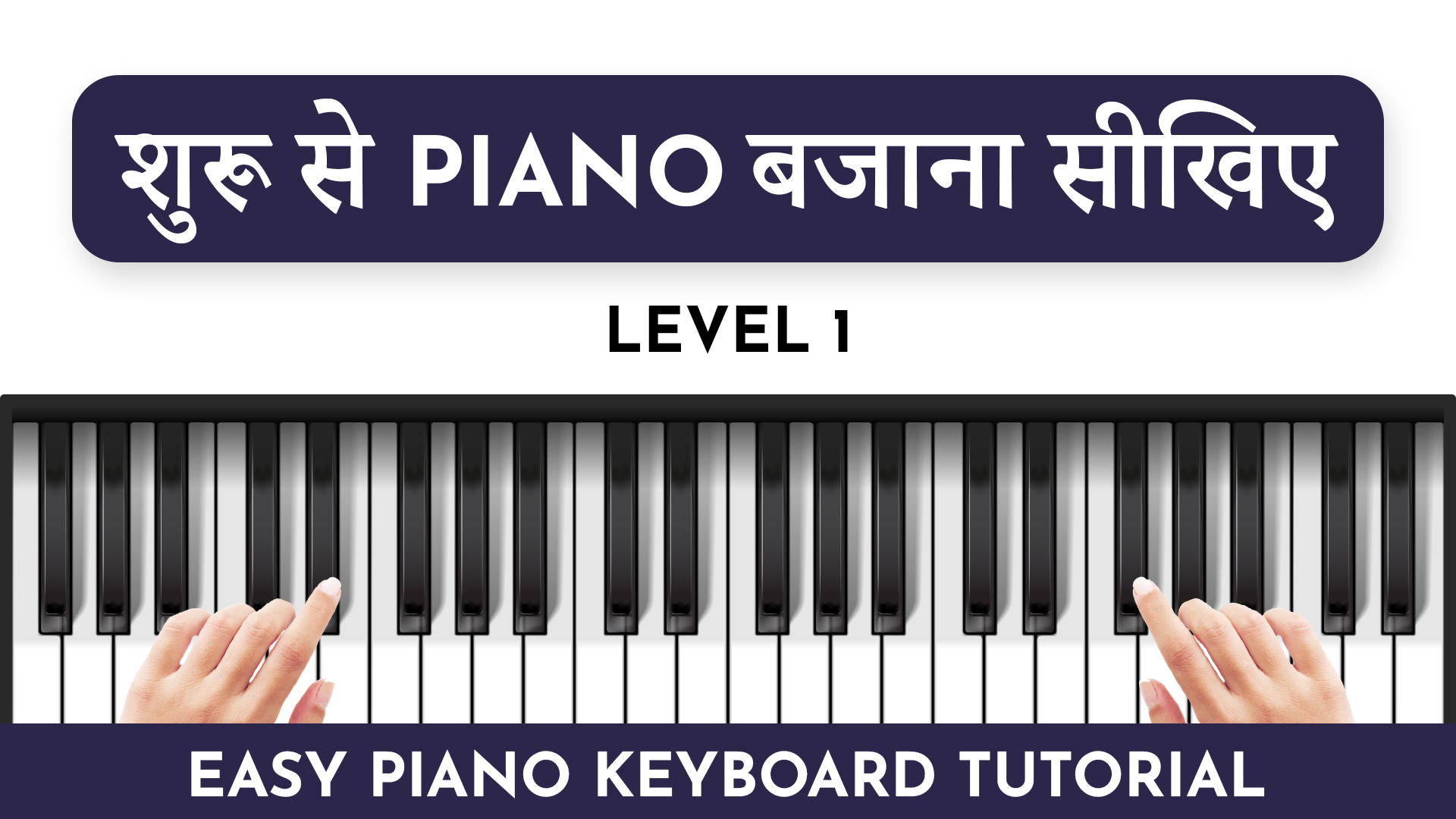To help you keep track of your progress and better comprehend the material, we’ve sorted our videos into levels. Level 1 is designed for beginners and covers essential concepts before diving into learning songs. The video is divided into chapters for your convenience, so you can skip ahead to the parts you need to understand or watch it in its entirety for a comprehensive understanding.
Before learning songs, it’s crucial to understand the notes on the keyboard, which is precisely what we’ll cover in this video.
If you look at your keyboard there’s a pattern on it, the Black Keys are divided into the set of two and three two and three two and three this gives you a repeating set of 12 notes five Black Keys and Seven white keys
Let’s go into naming the white keys because they all have letter names. The black keys are named based on which white key they’re next to, so if you start with the white keys let’s start at the easiest one to find the one on the left of the two Black Keys this note is C, if you go left from here this node is B and left again this node is A
So when you count forwards from A you have this set of seven ABCDEF same pattern repeated again and again it’s just seven different notes and then five Black Keys that are named based on which key they’re next to so if I have the black key to the right of A, I would call that A sharp the black key to the left of a would-be A flat.
So Black Keys could have two names because the key to the left of A is also the key to the right of G so this is both G sharp and A flat let’s go around to naming some of these keys so if I look at the key left of Two Black Keys that’s Cwhen I count forward this one would be CDEF
When I look at any black key I look at what key it’s next to this one is to the left of B so I call it B flat or to the right of a so I call it A sharp practice finding some of these notes on your keyboard and once you’re comfortable with them it’ll be so easy to navigate, playing notes one after another, help you to play melodies.
When you play a Melody the tune of the song comes out this is what we like to sing or what we hum what happens when we’re bored in the shower or something and these Melodies are catchy and memorable and help you recognize any song that you’ve heard or you want to compose or play so when I play notes one after another they create a tune a melody.
When I want to play them together, however, I get something we call a chord so when I play notes together at the same time they create a Harmony some of them sound nice together.
So we’re going to learn how to play Simple chords-when you play more than two notes at the same time we call it a chord usually we play a set of three notes where we Skip One note to go to the next one so if I’m playing C skip a note I go to E skip a note that gives me a C major chord.
Let’s just understand what a chord is when we use them and how to play some of them. So if I say play a C major chord you’ll play C E and G or if I say play an F chord you’ll play F A and C
A good keyboardist knows where to place his or her hands to play music the best way when you look at the keyboard there are so many notes I think there are 61 on this keyboard you have 10 fingers not enough the way you play the keyboard is based on where you keep your hands so find the notes that you need to play and place your hands in that general area
The right hand usually plays melodies or the tune and the left hand plays the harmony or the chords this is a general rule, not a hard and fast rule so place your hands on the notes that you need to access
See the video of how I’ve placed them notice that I have one finger resting on each note that I can access so I don’t have my hands like this where I don’t know which node I’m hitting.
It’s easy for me to find notes when I have one note for each finger this helps me play and I don’t even have to look at the keyboard because I know one note is next to the other note and that one finger is next to the next finger keep this in mind when you’re playing it’ll help you access notes and remember songs much quicker also be a little careful knowing which notes you have to access it if I have to play CDEFG, I placed my thumb on C so I could play CDEFG with the Five Fingers of my right hand if I had placed my ring finger on C I would be stuck I’d have to play CDEFG.
Place your hand in the appropriate place so that you can access all the notes that you need
Knowing how to play notes and find chords on your keyboard is what’s really important as well as placing your hands correctly in the right place so that you can access notes and chords easier when you place your hands on keyboard and you need to use all five of your fingers to play any melody or Harmony. Don’t play with just one finger with your pointer finger or your thumb you’ve got five fingers to use place them where you need to and make sure that you have one finger placed on each note next to each other.
We usually use the right hand to play melodies and the left hand to play chords this is not a hard and fast rule but it is quite generally followed when you’re playing something look to see what’s coming next take a look at how I’ve placed my hand on the keyboard if I need to play the notes GABCD, I will keep my thumb on G so that I can access the remaining notes easily, one finger for each note.
The same thing with my left hand if I need to play a chord FAC I will play these by placing my pinky on F this makes it easy for me to play these chords and these Melodies because I’ve looked a little bit ahead to see what I need to play next and place my hand appropriately that’s it.
All you need are these three concepts to start playing music you’re now ready to tackle any beginner-level song that you want to try.
LEARN: The Basics concepts of the Keyboard! from the video below

